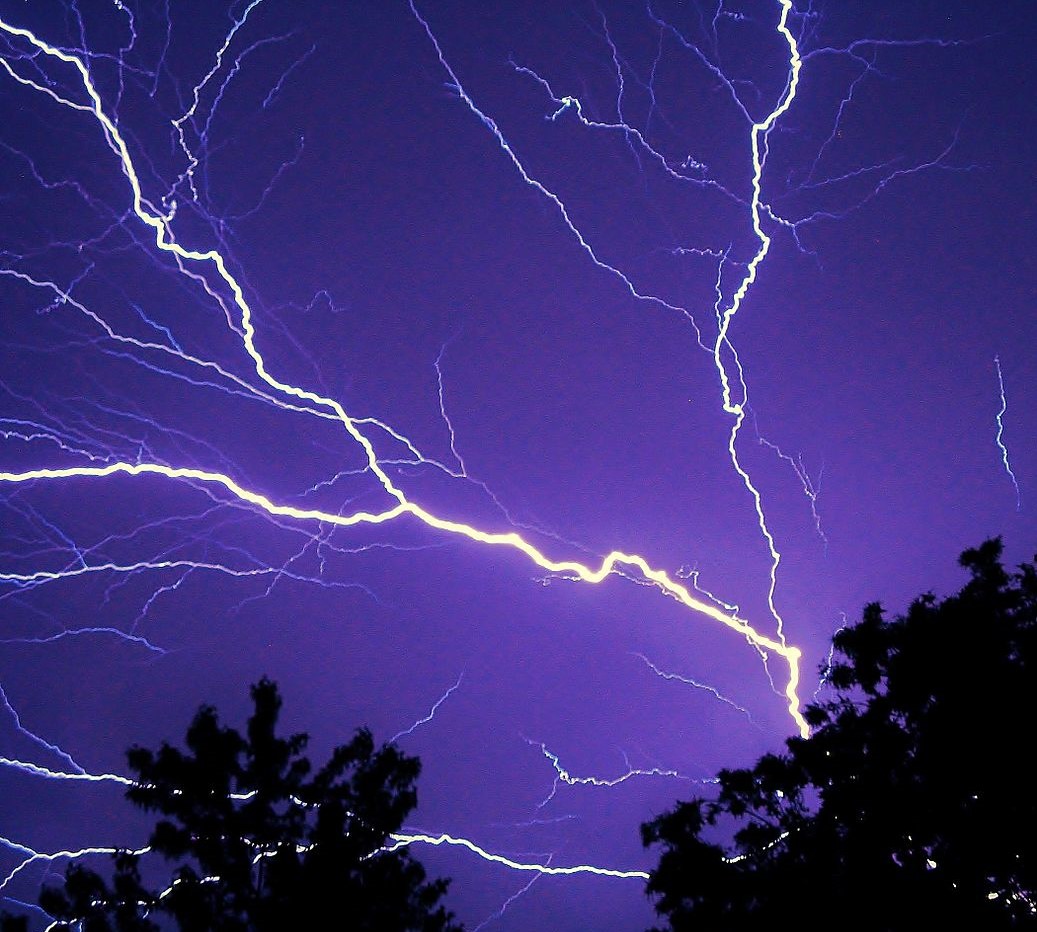Malcom Longair, Professor Emeritus of Natural Philosophy at the University of Cambridge and Director of Development at the Cavendish Laboratory, Cambridge, answers a few of our questions on one of James Clerk Maxwell’s landmark papers.

Why was this a landmark paper?
Maxwell‘s great paper of 1865 is the essential link between the physics of Newton and the physics of Einstein. Maxwell shows how the Newtonian concept of action at a distance can be replaced by the theory of fields. Field theory is the basis of much of modern physics and appears ubiquitously in theoretical physics.
You mention that the paper initially received very little interest. Why was this, and how did it come to be accepted as such an important paper?
There were a number of reasons for the delay in accepting Maxwell’s paper. First of all, it is not an easy paper and requires good understanding of mathematics and physics. Second, there were a number of competing theories at the time. Third, Maxwell was very modest about promoting his own work. Fourth, there was some misgivings about his introduction of the displacement current; Kelvin for example believing there was no evidence for its existence. The key to its acceptance was the result of Hertz’s experiments of 1887-9, almost a decade after Maxwell’s death, which showed that electromagnetic waves have exactly the same properties as light.
Did you discover anything surprising when researching this paper?
Yes. Until I deconstructed the paper in detail, I had not appreciated how central the electromagnetic momentum, or what we would now call the vector potential, was in his analysis of electromagnetism. In fact, he works almost entirely using this concept rather than that of magnetic flux density. The other striking feature of the paper is how confidently he introduces the displacement current as a fundamental part of the scheme of electromagnetism. He calls it helpfully ‘electric elasticity’. A third feature is how his thinking still remains rooted in mechanical models and analogy, despite the fact that he realises that the energy of the fields resides in the medium outside the sources of the fields. As is so often the case, going back to the original papers rather than their elaboration by future expositors, provides wonderful insights into the key ideas.
How has publishing changed since this paper first appeared?
The paper was published in the style which was the norm until the relatively recent explosion of the internet. Publication was fast and the reviewing process was lighter than it is now. This was the main vehicle for the transfer of scientific knowledge.
